Research & Development Labs
-
Advanced Optics & Fiber
-
Hybrid Fiber Coax
-
Mobile
-
Wi-Fi
-
10G
Convergence -
Cloud Native
-
Security
-
Wireless PHY/RF Analysis
-
AI and Machine Learning
Advanced Optics & Fiber
The Advanced Optics & Fiber Lab is an Optical Center of Excellence—a state-of-the-art facility for developing and testing research concepts. In this lab, optical experts have demonstrated the transmission of 50 Tbps over a single fiber, 100G+ coherent passive optical network, optical wavelength switching methods and advanced sensing of environmental events.
Lab Equipment and Capabilities
This lab includes equipment that allows us to test research concepts that extend the current state of the art for optical fiber transmission, including:
Optical spectrum analyzers
Integrated and discrete optical components
Digital oscilloscope
Arbitrary waveform generator
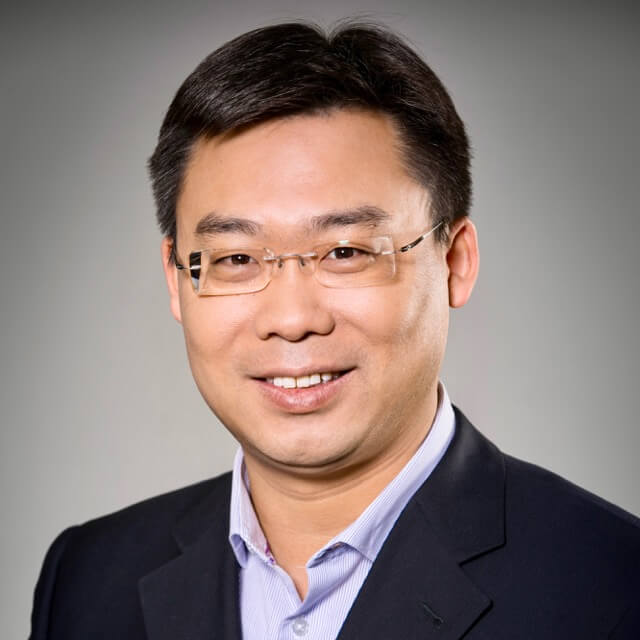
Meet Our Lab Expert
Dr. Zhensheng “Steve” Jia
Dr. Zhensheng “Steve” Jia is a Fellow and Director of Advanced Optical Technologies at CableLabs. He has built a strong track record of research innovations over the last two decades and has made numerous significant technical contributions in the field of broadband optical communication systems and networking. Dr. Jia has published over 190 peer-reviewed journals and conferences papers, 1 book and eleven book chapters, and has been invited to speak at many conferences. He also holds more than 180 US and international patents. Dr. Jia has been instrumental in spearheading coherent optics standards and interoperability for access networks. He served as Technical Lead driving point-to-point coherent specifications and associated transceiver interop testing. Recently, Dr. Jia led technology development for next generation 100Gbps access networks on CableLabs' pioneering coherent PON project. Dr. Jia is a Fellow of Optica (formerly Optical Society of America).
Connect with Dr. Zhensheng “Steve” JiaHybrid Fiber Coax
The Hybrid Fiber Coax (HFC) Lab is used to establish new specification requirements, validate existing specifications, verify theories and conduct experiments related to future technology options. This state-of-the-art lab has been a foundational piece in the successful development of DOCSIS® 4.0 and Low Latency DOCSIS (LLD) technologies. Our vendors are heavily involved in this lab and contribute to its development.
Lab Equipment and Capabilities
This lab comprises of innovative radio frequency and networking test equipment along with current DOCSIS-based technology solutions, including:
Cable modem termination systems (CMTSs)
Remote PHY and MACPHY devices
RF amplifiers and taps
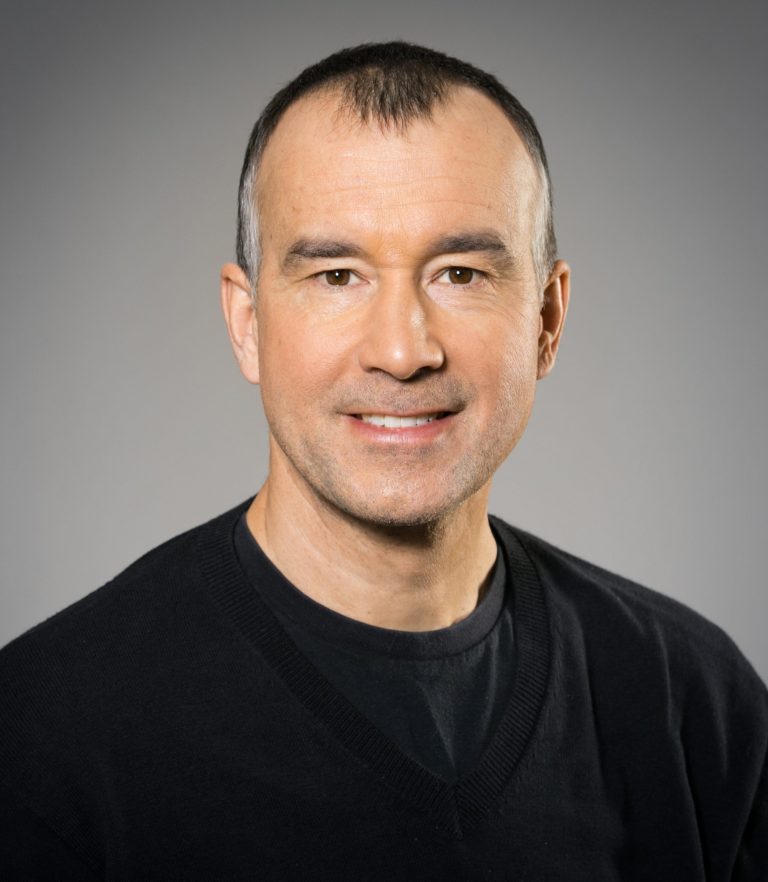
Meet Our Lab Expert
Doug Jones
Doug Jones is a principal architect. He is responsible for many of the technical elements of the DOCSIS 4.0 program. Doug actively participates in several SCTE standards working groups, including the local SCTE chapter, and he has been issued multiple patents with patents pending in the areas of broadband access technology. Prior to joining CableLabs, Doug was focused on PON and FTTH technologies, distributed architecture and capacity planning. He holds a Bachelor of Science degree in medical technology from the State University of New York at Albany, and a Bachelor of Science degree in electrical engineering and a Master of Science degree in biomedical engineering from the University of Texas at Austin.
Connect with Doug JonesMobile
The Mobile Lab offers a range of capabilities, including performance testing of radio access network (RAN), shared spectrum and mobile backhaul solutions.
4G/5G Mobile Networking Capabilities
This lab environment was created to support development of network technologies, interfaces, and interoperability for the mobile ecosystem. The capabilities of the lab ensure that the equipment provided by vendors meets necessary performance and functionality specifications and enables interoperability development among multiple vendors. It can support a range of activities including conformance, proof of concept, deployment, performance measurement and simulation.
It supports lab and field tests of 3GPP based core and radio access network (RAN) equipment including 4G LTE, 5G NR, 5G NR-U, Wi-Fi, non-3GPP equipment and new wireless technologies. Multiple vendors’ solutions in the vRAN and ORAN space are featured. A virtual Kubernetes-based platform for ORAN vendor interface compliance testing and interoperability has been implemented.
Lab Equipment and Capabilities
RF, microwave, wireless system (LTE, 5G, Wi-Fi) test capability
Multiple vendors’ 4G and 5G network equipment
5G/LTE/Wi-Fi waveform stability
Viavi TeraVM and TM500
Impaired wireless channels in a controlled lab environment (fading simulator)
We also have an RF/access lab, in which we can measure:
- One-way (download or upload) 5G PHY/RF analysis, conducted or over the air, up to 7 GHz
- One-way (download or upload) LTE PHY/RF analysis, conducted or over the air, up to 7 GHz
Shared Spectrum
The shared spectrum capabilities support over-the-air and performance measurements of Citizens Band Radio Service (CBRS) network behavior in a multi-operator, multi-SAS environment with GAA and PAL licenses. Currently, the lab supports 4G CBRS networks and will support 5G CBRS networks once they’re commercially available. As CBRS and similar shared spectrum (e.g., 6 GHz) and networks (e.g., 5G NR-U) continue to mature, this lab will investigate deployment strategies, architectures, proofs of concept and performance.
Lab Equipment and Capabilities
Three commercial SASs, three Citizens Broadband Radio Service Devices (CBSDs) and two 4G vEPC cores
Connectivity to 5G gNBs, 5G core and Wi-Fi networks (in progress)
Measurement equipment including CBSD and SAS vendor dashboards
Additional measurement tools for greater insight into CBSD behavior
- Spectrum analyzer
- Mobile network analyzer
- UE log analyzer
- Protocol analyzer
Mobile Backhaul
Mobile Backhaul capabilities support the mission of collaborative development, testing and deployment of low-cost, high-quality open-source mobile connectivity. They are designed to test DOCSIS Timing Protocol (DTP) and Low Latency Xhaul (LLX) solutions. These capabilities provide the test network, test equipment and expertise for testing at all stages of development, from proof of concept to the transition into the commercial readiness phase.
Multi-vendor development of pre-commercial DTP software and hardware has been conducted in the lab. The software and hardware has been tested against both varying HFC network conditions (i.e., loading, service flows, architecture) and a cloud-based calibration application has been developed.
The lab has been used to host non-ideal fronthaul testing for the Telecom Infra Project (TIP) community, providing a successful proof-of-concept validation of non-ideal fronthaul over DOCSIS and contributions to industry standards. It is also an accredited TIP lab for fronthaul—one of only a few in the world.
Lab Equipment and Capabilities
Test and measurement
- Calnex Paragon-X—PTP time error
- Calnex Sentinel—LTE/NR over-the-air signal time of day (ToD) error
- Rohde & Schwarz TSMA6—LTE/NR over-the-air signal ToD error
GigaNet Systems VirtualNet XG 10G Ethernet Network Emulator
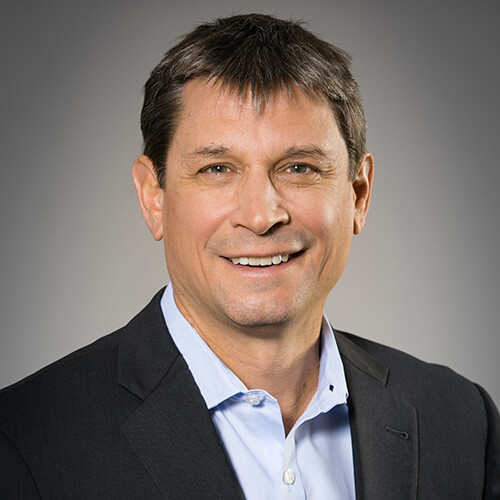
Meet Our Lab Expert
Mark Poletti
Mark Poletti is director of Wireless Technologies. He’s responsible for wireless R&D activities across fixed, mobile and emerging wireless technologies for the secure delivery of high-speed data, video, voice and next-generation services. Prior to joining CableLabs, Mark built, managed and operated 2G, 3G (CDMA) and 4G (WiMax) networks for US West and Clearwire. He also focused on mobile operator design, operations and performance issues of 2G, 3G, 4G and satellite networks for over 20 years with various companies. Mark holds a Master of Science degree in telecommunications from the University of Colorado and a Bachelor of Science degree in physics from the State University of New York at Buffalo. He has multiple issued and pending patents.
Connect with Mark PolettiWi-Fi
In this lab, there are environments for Wi-Fi research and OpenWi-Fi platform development.
Wi-Fi Research
The Wi-Fi research environment provides RF mitigation and isolation capabilities to enable the research and development of Wi-Fi technologies. The lab’s RF capabilities offer 60 dB of protection from outside interference, with the addition of two RF isolation tents of 180 dB for a total of 240 dB of protection. The lab supports access to external networks, including the internet, through ethernet and a DOCSIS platform.
Because Wi-Fi is the last leg of network connectivity in most deployments, research of existing and new technologies is paramount. This environment provides a facility where various deployment scenarios can be replicated—without external RF interference or the need for an RF chamber.
Lab Equipment and Capabilities
Wi-Fi Access Points and devices that support various Wi-Fi technologies
Wi-Fi sniffers
Traffic generation tools, including replication of application traffic
DOCSIS platforms
Multiple testing areas for separation and non-interference testing
OpenWiFi
In this Telecom Infra Project (TIP)-compliant environment, experts conduct development and conformance activities for OpenWiFi. This community-developed open-source platform lowers the cost of developing and operating Wi-Fi networks and accelerates the innovation of services.
OpenWiFi is an initiative of the Open Converged Wireless (OCW) software project group under TIP, a diverse community that includes hundreds of participating companies, from service providers and technology partners to systems integrators and other connectivity stakeholders. In the past, every service provider or vendor has had to build the Wi-Fi stack from scratch for specific hardware. OpenWiFi provides an open implementation of the stack, along with certified hardware on which the stack can run. It provides open APIs that enable device management from the cloud.
Lab Equipment and Capabilities
Wi-Fi test equipment
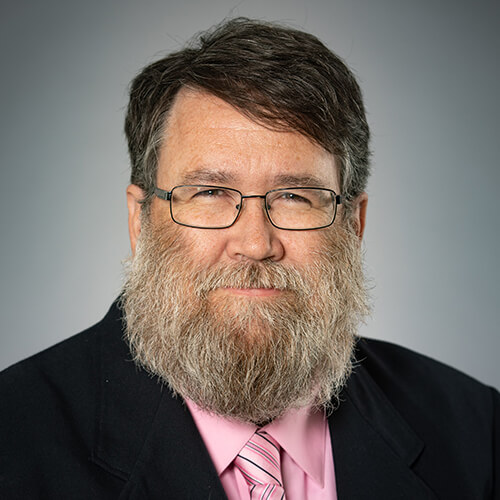
Meet Our Lab Expert
Luther Smith
Luther Smith is the director of Wireless Access Technologies and a distinguished technologist. He is responsible for devising Wi-Fi strategy and leading the Wi-Fi team. He works on several wireless technologies and has extensive experience in many wired and video technologies. His roles have extended from testing and specification development to leadership positions. Before joining CableLabs, he worked as a programmer and in IT support. Luther holds a Master of Information Systems degree and an MBA in Technical Management from the University of Phoenix. He is ISC2 CISSP certified and a member of SCTE and IEEE. He also supports various standards organizations as lead or co-lead and key contributor (CBRS-A, IEEE, Wireless Innovation Forum, Wireless Broadband Alliance and Wi-Fi Alliance), and he has developed new wireless technologies, including Dual Channel Wi-Fi and LTE Redundancy.
Connect with Luther Smith10G
The 10G Lab provides a multi-vendor, interoperable platform to enable cross-functional groups (e.g., wireless, HFC, optics, orchestration, security) to conduct proofs of concept and validate individual network functions and end-to-end solutions. This lab interconnects cable and mobile architectures with containerized software, acting as a shared compute framework to demonstrate multi-service convergence over a common infrastructure.
The lab’s primary purpose is to demonstrate services that can seamlessly operate over multiple networks while using a shared infrastructure, and to serve as a platform for basic mobile network testing and integration.
This lab enables testing of next-generation network and service capabilities across multiple layers, facilitates interoperability development between technologies and calculates operational efficiencies. It has many unique attributes, such as Kubernetes on bare metal, multiple mobile cores and vRAN configurations, DOCSIS® technology mobile and coherent optical integration with representative fiber and outside plant, and a fully integrated compute platform. One of the use cases is driving convergence architectures.
Lab Equipment and Capabilities
Xilinx field-programmable gate arrays (FPGAs) for testing acceleration of workloads
Rohde & Schwarz FSW Signal & Spectrum Analyzer
Averna DP-1000 Traffic Generator
User Equipment Log Analyzer (Qualcomm Extensible Diagnostic Monitor)
GPUs (including NVIDIA Ampere A40)
VIAVI TeraVM and TM500
Coherent optical gear—Two “hub” side network switches with coherent optics support
Keysight equipment for simulating and testing 5G network components
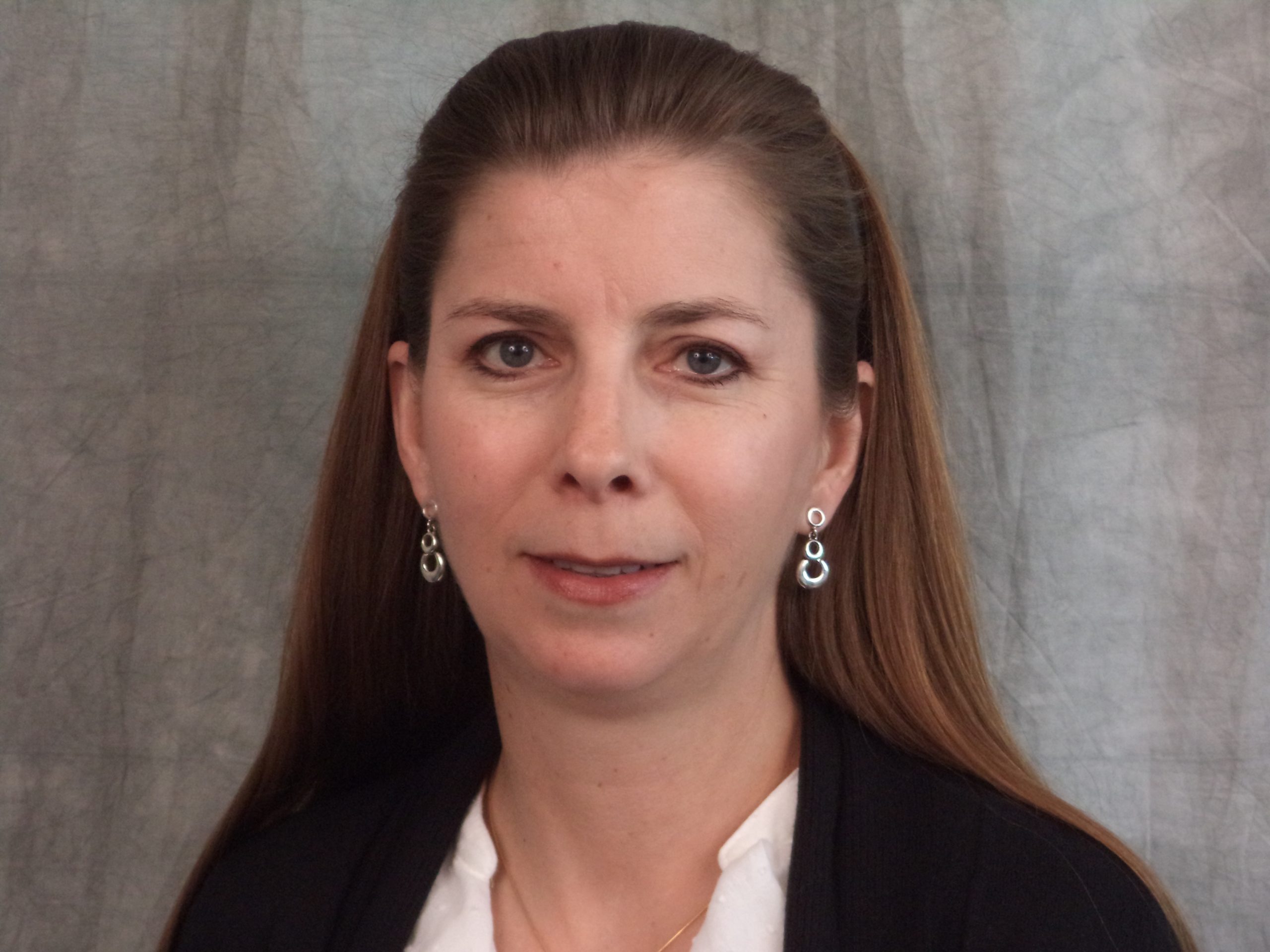
Meet Our Lab Expert
Carmela Stuart
Carmela Stuart is a director in the Future Infrastructure Group. She has more than 19 years of experience in the cable industry, encompassing network security, software engineering, testing and—most recently—edge computing and cloud-native technologies. Carmela holds a Master of Engineering degree in computer science, with a focus in data science and engineering, from the University of Colorado at Boulder and a Master of Science degree in computer science from Johns Hopkins University.
Connect with Carmela StuartCloud Native
The Cloud Native capabilities offer a showcase for future access network infrastructure and explores the possibilities unleashed by fully virtualized cloud-native architectures. In this lab, private, public and edge cloud infrastructure come together to bring hyperscale technologies and capabilities to the access network. Cloud Native capabilities enables testing and collaboration on a host of edge use cases in partnership with experts ranging from traditional cloud providers to emerging edge application developers.
Lab Equipment and Capabilities
A fully virtualized, accelerated compute architecture that uses a combination of CPU, GPU and FPGA resources
Orchestration and management provided by an enterprise-ready Kubernetes container platform
Integrations with a variety of public cloud services
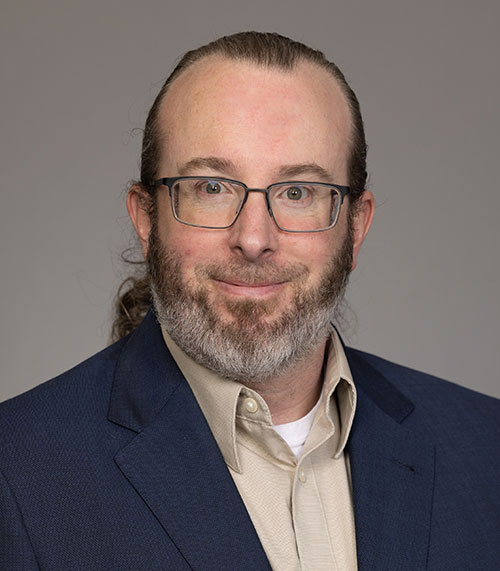
Meet Our Lab Expert
Ryan Fuerst
Ryan Fuerst is a lead DevOps engineer. As a member of the Future Infrastructures Group, he’s responsible for leading the 10G Lab in implementing new convergence strategies and bringing DevOps best practices into the organization. Ryan brings more than 20 years of experience in systems architecture and cloud engineering to the team. Prior to joining CableLabs, he worked at Viasat.
Connect with Ryan FuerstSecurity
The Security Lab identifies and mitigates security threats to the access network. In this lab, we demonstrate, analyze and develop innovative solutions.
Lab Equipment and Capabilities
This collection of labs and equipment allow us to simulate, replicate or experiment with threat vectors and look for mitigations. It includes:
Mobile Security Lab: This lab includes a 5G core, handsets and elements that help emulate true or hybridized 5G networks. This lab is separate from the Mobile Lab and enables us to validate 4G/LTE/5G protocols and address security concerns therein. Research on 6G and forthcoming security and privacy developments is also supported through this lab.
IoT Security Lab: This lab aggregates select devices to help us cover a range of protocols and onboarding credentials to address the common threats within our members’ subscriber premises.
Network Security Lab: This lab addresses the wired security protocols and technologies.
The Certificate Ceremony Capability: This isn’t a lab as much as it’s the foundation for device trust across the cable ecosystem and beyond. The Certificate Ceremony Capability is a secure facility for managing the Policy Authority for the cable PKI, which establishes trust between cable modems and the networks they operate within.
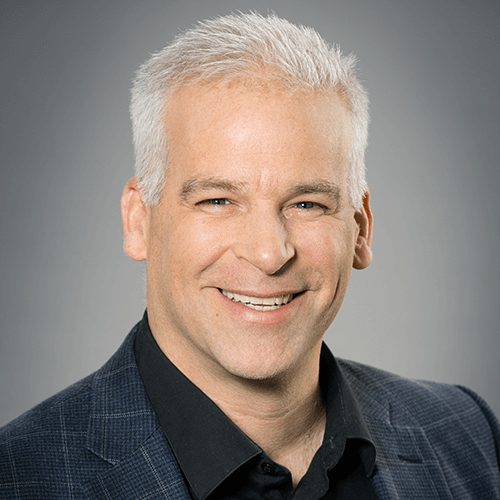
Meet Our Lab Expert
Brian Scriber
Brian Scriber is a distinguished technologist and the vice president of Security and Privacy Technologies. He works with leaders in technology policy, as well as wired and wireless networking, to devise security strategies and implementation techniques using advanced concepts such as PKI, blockchains, encryption and differential privacy. Brian serves several boards, including the Messaging Malware Mobile Anti-Abuse Working Group (M3AAWG), and is also engaged with several other industry standards organizations. Brian’s background includes technical and executive leadership roles at Nortel, Lockheed Martin and Sun Microsystems. He holds a Bachelor of Science in Engineering degree in computer engineering from the University of Michigan, and a Master of Science degree in computer science and an MBA in technical strategy, both from the University of Colorado.
Connect with Brian ScriberWireless PHY/RF Analysis
This lab supports research efforts, up to 110 GHz. This includes performance evaluation of 4G/5G wireless access (emulated by test equipment). This capability could support the calibration of access system simulations (e.g., 5G Fixed Wireless Access). The lab also supports RF front-end performance evaluation and channel sounding characterization, including modeling, for complex propagation channels (e.g., non-line-of-sight, outdoor-to-indoor).
Lab Equipment and Capabilities
Rohde & Schwarz SMW 200A 40 GHz Vector Signal Generator (e.g., LTE, 5G, fader personalities)
Rohde & Schwarz FSW43 Vector Signal Analyzer (DOCSIS, 4G/5G)
Anritsu MS2760A 110 GHz Spectrum Analyzer
Keysight channel emulator (6 GHz, MIMO x4)
Rohde & Schwarz power sensors, 40 and 110 GHz
Channel sounding equipment, based on Virtual Circular Array (2–6 GHz and 20–40 GHz) and supporting statistical processing software
Rohde & Schwarz BBA150 15W, 2–6 GHz broadband power amplifier
Rohde & Schwarz 40GHz open switch and control platform with programmable attenuators
Wireless propagation evaluation (channel sounding) equipment, up to 40 GHz
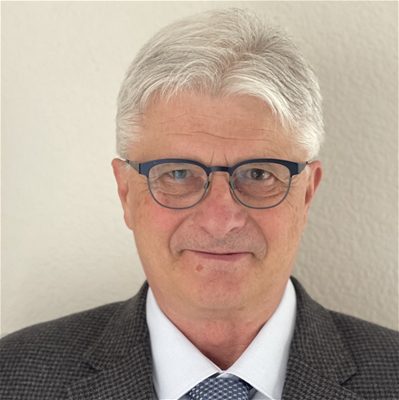
Meet Our Lab Expert
Dorin Viorel
Dorin Viorel is a distinguished technologist. He has more than 30 years of experience in the global (United States, Japan, Canada, Romania) wireless industry (R&D, standards, operations) across wireless spectra up to 75 GHz. Dorin has been driving a number of 5G access projects. He also collaborates closely with the Strategy Team, developing cross-disciplinary techno-economics 5G performance analysis and modeling. Prior to joining CableLabs, among other positions, Dorin held senior management and senior technical advisor roles with Nortel (24–38 GHz fixed point-to-multipoint wireless systems R&D) and various Fujitsu subsidiaries (WiMAX, LTE R&D, IEEE and 3GPP standardization). He has been granted 101 patents, all 4G/5G wireless access related. He has also published 8 scientific papers and 20+ member papers. Dorin holds a diploma engineer in electronics engineering from Technical University of Timisoara, Romania.
Connect with Dorin ViorelAI and Machine Learning
In this lab, our experts use sophisticated machine learning (ML) models that leverage intentionally engineered and governed data pipelines to help operators anticipate raw customer needs and evolve their services around them. This lab helps leverage contextualized, relevant data that augments and supports decision-making on demand. It creates software that identifies the nature of flows in the network, managing performance proactively and evolving to a fully virtualized network.
Lab Equipment and Capabilities
Custom-built Lambda Labs computer
Software to model predictive network flows
Tensor Processing Units (TPUs)
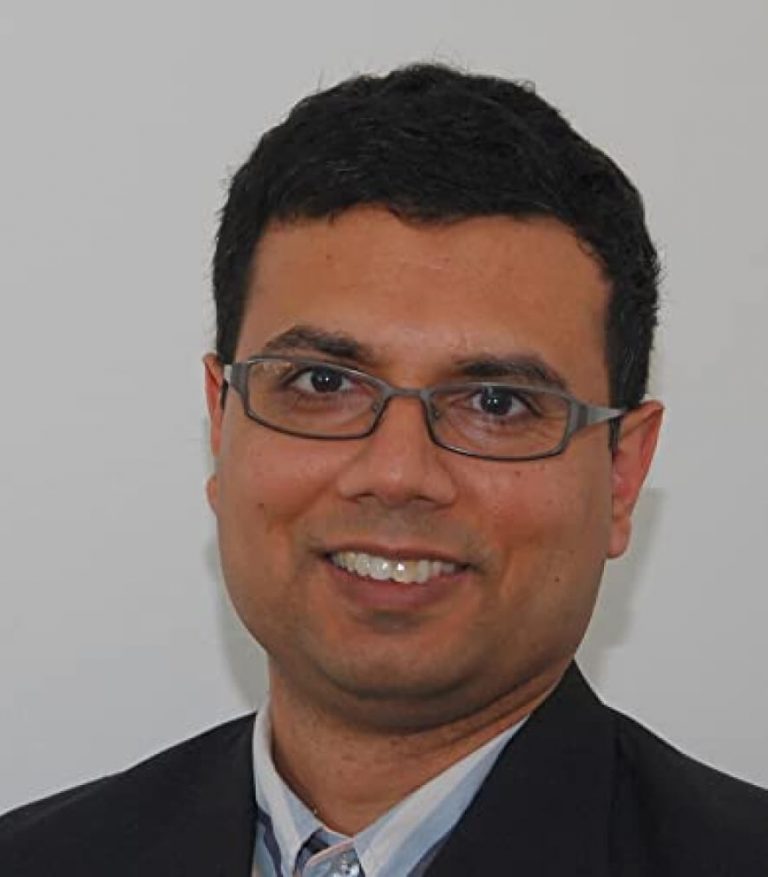
Meet Our Lab Expert
Dr. Sayandev Mukherjee
Dr. Sayandev Mukherjee is a member of the Next-Generation Systems Group, where he works on innovative applications of AI/ML for both wired and wireless communications. Prior to joining CableLabs, he conducted research on wireless communications and ML. A senior member of the IEEE, Dr. Mukherjee has been awarded more than 20 patents and has authored two research monographs published by Cambridge University Press, in addition to more than 80 peer-reviewed journal and conference papers. He received his Ph.D. in artificial neural networks (the precursors of today's deep learning models) from Cornell University in 1997.
Connect with Dr. Sayandev MukherjeeExplore Our Other Labs
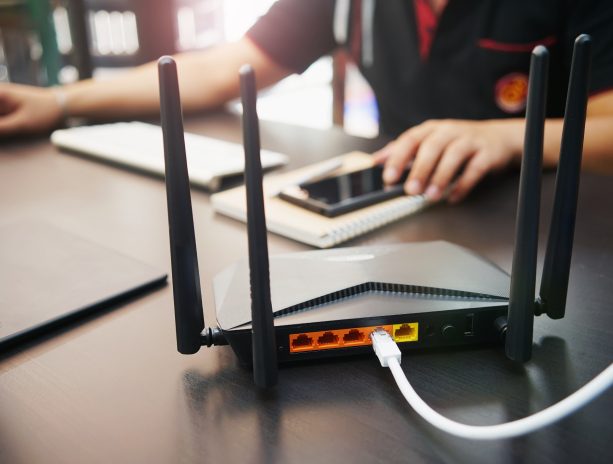
Kyrio Inc., a subsidiary of CableLabs, provides lab testing of network equipment for cable, PON, and mobile operators and their suppliers.

In the Next Generation Technologies Lab, we experiment and investigate technologies such as quantum encryption.
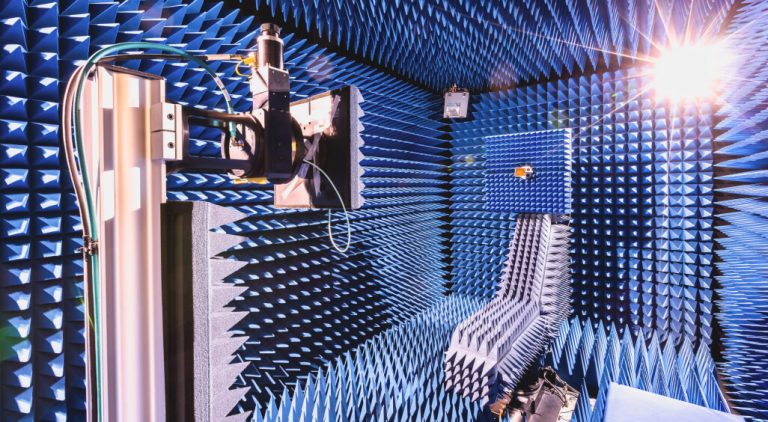
The System & Device Test Environments can be configured to simulate wide-ranging scenarios—from large anechoic chambers to 3D-printed radio frequency (RF) modeling to advanced optics benches.

